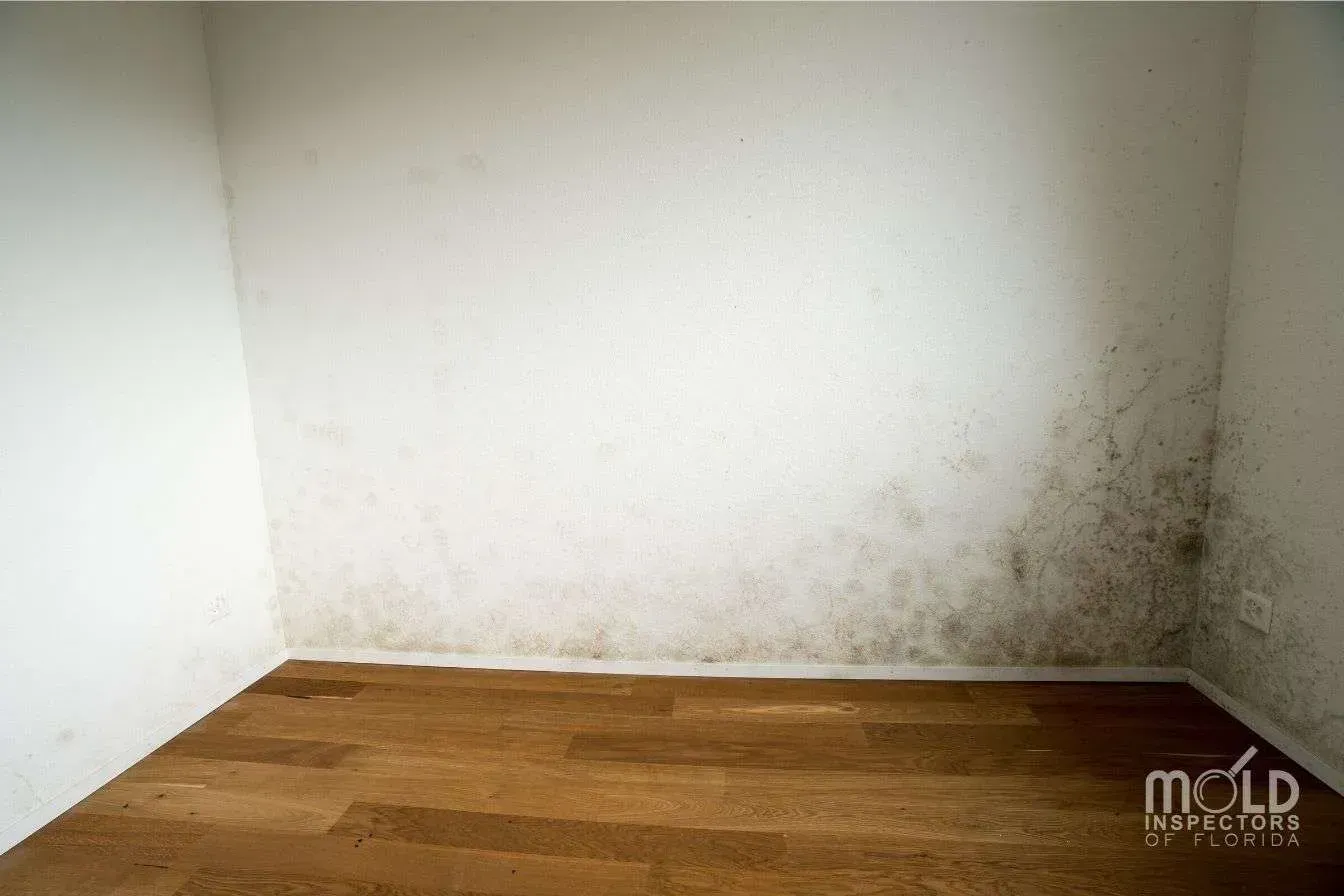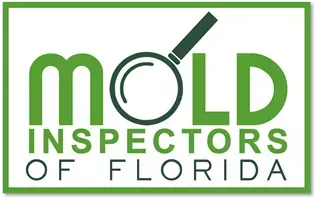Mistaken Identity: Which Black Mold Is Toxic?

When your reputation is deadly, no one wants to be around you. In the case of Stachybotrys, also known as toxic black mold, even other molds that resemble it in color are avoided. As a home or building owner, ensuring the premises is safe for all patrons is a vital component of the landlord’s duties. If a family member or tenant states they see “black mold” in the building, the initial thought is it could be toxic. While this can be the case, it is not always true. Here in southwest Florida, the humidity levels increase the risks of mold growth, both toxic and allergenic. There are black colored molds that are not the infamous “toxic black mold,” Stachybotrys.
Black Colored Molds vs. Toxic Black Mold
Dark brown or light green features accompany Black colored molds, and the texture may vary depending on the specific species (there are thousands). Although these molds are known to be allergenic, they are not all proven to be toxic. Allergenic molds cause an allergic response in the human and animal immune system, such as itchy red eyes, sore throats, sneezing, and respiratory problems. The allergic response that occurs depends on the individual and their immune system. Pets may also have an allergic reaction should their immune systems cause a response in the presence of mold.
Prolonged exposure to any mold, allergenic or toxic, can cause an increase in immune response and should always be mentioned to a physician, or veterinarian, for evaluation.
Toxic black mold appears as dark black, sometimes accompanied by a dark green color. With a slimy texture, this mold tends to grow in areas that have been exposed to humidity for weeks, causing a desirable growth environment. Under the sink cabinets, wood structures, wet cardboard or wicker are all common locations of toxic black mold. Toxic black mold can be found indoors as well as outdoors. On average, the affected area would need to be wet or moist consistently for at least 72 hours for Stachybotrys to grow. Should this mold be identified in your home or building, inspecting for possible leaks or water damage would be an advised next step with mold remediation.
Initial exposure to toxic mold, inhaled, or ingested, can cause severe health reactions. The less severe risks can include trouble breathing, fatigue, sinusitis, or depression. However, toxic mold is also known to cause neurological problems, including decreased cognitive function, as well as pulmonary hemorrhage (bleeding from the lungs) in infants and children.
Common Black Molds
Although non-toxic, these molds are often seen and assumed to be toxic due to their appearance.
- Cladosporium- Appears olive-green to brown/black, this mold portrays a suede-like texture. Cladosporium is frequently found within carpet, fabrics, and other upholsteries, along with wood structures such as cabinets. Cladosporium is known for disrupting the respiratory system causing issues with breathing.
- Chaetomium- Beginning as a white-colored mold, this cotton-like textured mold darkens to gray and finally brown and black with time. Chaetomium grows within water-damaged buildings and is typically living within the roof, basement/crawl space, pipes, and drywall. Chaetomium is known for a musty smell and causing skin and nail infections.
- Aureobasidium- ranges from pink, brown, or black, as it darkens with age. This mold is often discovered behind wallpaper or on painted or wooden surfaces. Aureobadidium is non-toxic, but this mold may cause eye, skin, or nail infections.
Should mold of any type be discovered in your home or building, calling in a professional inspector is the safest way to determine the immediate danger to anyone in the building, and the building itself. Certified inspectors are only a call away at Mold Inspectors Of Florida.


